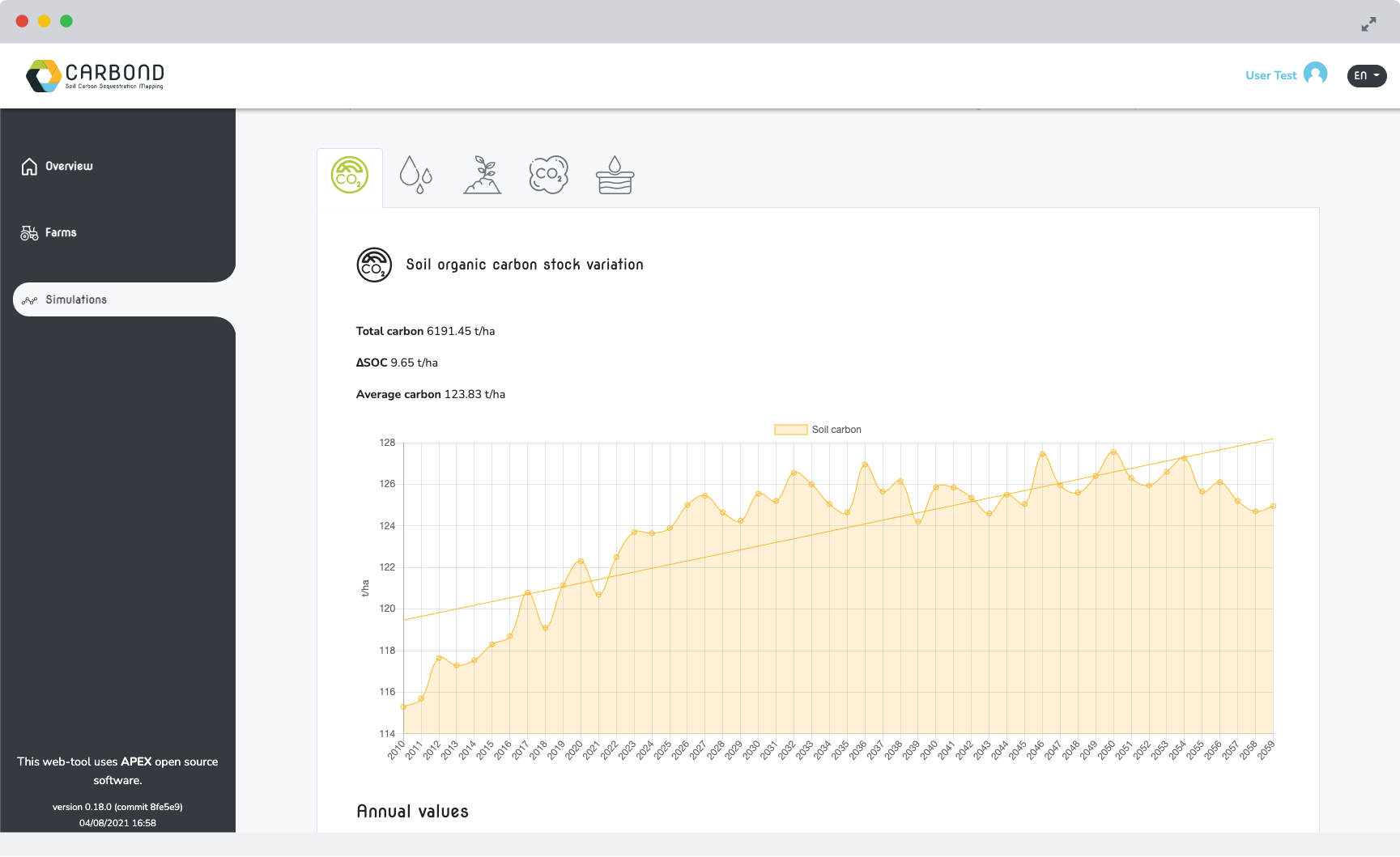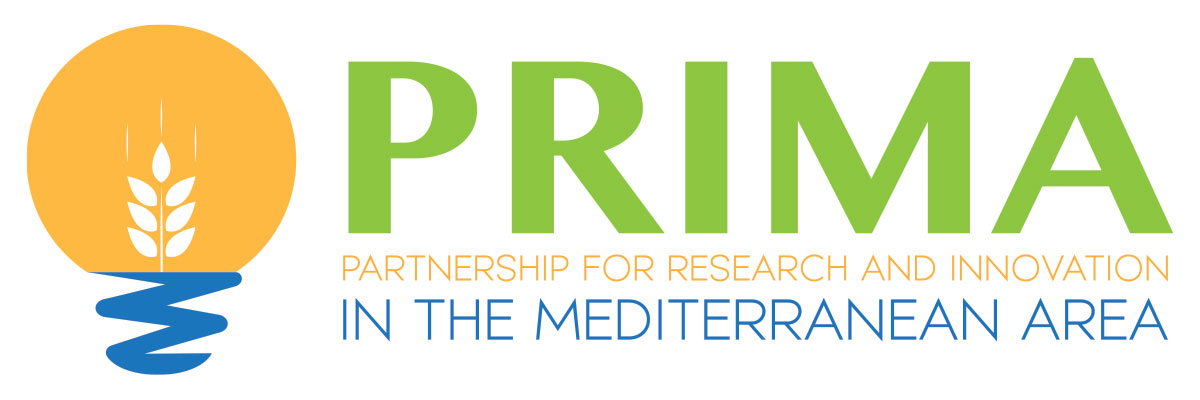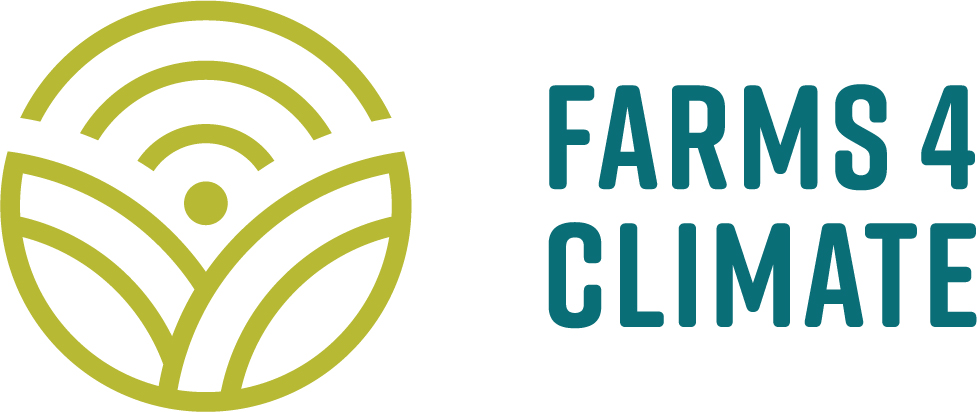



Informativa sul trattamento dei dati personali ai sensi dell’articolo 13 del Regolamento UE 2016/679 per gli utenti/navigatori che consultano il sito web www.eratio.it .
Perché Vi forniamo queste informazioni?
Ai sensi del Regolamento UE 2016/679 (di seguito “Regolamento”) i contenuti presenti nell’ informativa descrivono le modalità di trattamento dei dati personali che il sito www.eratio.it acquisisce durante la navigazione ovvero sono conferiti direttamente dall’utente. Le presenti informazioni non riguardano altri siti, pagine o servizi online raggiungibili tramite link ipertestuali eventualmente pubblicati nei siti ma riferiti a risorse esterne al dominio di www.eratio.it.
Chi è il Titolare del Trattamento?
Il Titolare del trattamento è e.RATIO s.r.l. con sede in via Bari 150 int.19 – 70022 Altamura BA P.Iva 06755470728 (in seguito “Titolare”).
Il trattamento dei dati personali avviene internamente alla struttura d’impresa del Titolare e/o nell’ambito del gruppo imprenditoriale d’appartenenza del Titolare.
L’utente che fornisce i propri dati personali può contattare il Titolare, per l’esercizio dei suoi diritti, al seguente indirizzo:
Il Titolare, o un soggetto da lui autorizzato, è tenuto a rispondere alle richieste dell’utente senza ingiustificato ritardo e/o al più tardi entro un mese.
I contatti dell’eventuale Responsabile per la protezione dei dati (RPD) saranno indicati, a seguito di eventuale nomina, sul sito all’indirizzo www.eratio.it.
Cosa s’intende per base giuridica del trattamento?
Appare opportuno spiegare, con parole chiare e semplici, cosa si intenda per “base giuridica”.
Il dato personale non può essere utilizzato da chiunque se non dal legittimo proprietario. Tuttavia vi sono dei casi nei quali l’ordinamento consente il trattamento da parte di ulteriori soggetti, come per esempio, quando l’utente/navigatore decide di richiedere informazioni sul nostro sito, ci contatta attraverso l’apposita sezione inserendo i Suoi dati e questi saranno successivamente impiegati per adempiere alla Sua specifica richiesta. In maniera similare, l’utente/navigatore potrà decidere di conferire anche il suo indirizzo e-mail per ricevere informazioni circa le nostre specifiche attività.
Qual è la base giuridica del trattamento?
L’utente/navigatore del sito, previa lettura dell’informativa, è libero di conferire o meno i dati personali richiesti nei moduli di registrazione ai servizi. Tali dati sono necessari per l’erogazione del servizio richiesto per cui, qualora tali dati non fossero conferiti, il servizio richiesto non potrà essere erogato e non si potrà usufruire delle relative opportunità.
Il titolare processa i dati personali relativi agli utenti qualora sussista una delle seguenti condizioni:
L’utente può comunque chiedere al Titolare di chiarire la concreta base giuridica di ciascun trattamento contattandolo all’indirizzo predetto.
Quali dati sono trattati e con quali modalità?
I dati che raccogliamo sono trattati nel pieno rispetto delle disposizioni di legge in materia di protezione dei dati personali ed esclusivamente per le finalità indicate nella presente informativa perseguendo logiche e metodi volti a garantire la riservatezza, l’integrità e la disponibilità delle informazioni comunicate dagli utenti.
I dati dell’utente sono raccolti per permettere al sito di fornire i propri servizi oltre che per le seguenti finalità:
Le tipologie di dati personali utilizzati per le suddette finalità sono:
Dati di navigazione
I sistemi informatici e le procedure software preposte al funzionamento di questo sito web acquisiscono, nel corso del loro normale esercizio, alcuni dati personali la cui trasmissione è implicita nell’uso dei protocolli di comunicazione di Internet.
Si tratta di informazioni che non sono raccolte per essere associate a interessati identificati, ma che per loro stessa natura potrebbero, attraverso elaborazioni ed associazioni con dati detenuti da terzi, permettere di identificare gli utenti.
In questa categoria di dati rientrano gli indirizzi IP o i nomi a dominio dei computer utilizzati dagli utenti che si connettono al sito, gli indirizzi in notazione URI (Uniform Resource Identifier) delle risorse richieste, l’orario della richiesta, il metodo utilizzato nel sottoporre la richiesta al server, la dimensione del file ottenuto in risposta, il codice numerico indicante lo stato della risposta data dal server (buon fine, errore, ecc.) ed altri parametri relativi al sistema operativo e all’ambiente informatico dell’utente.
Questi dati sono utilizzati al solo fine di ricavare informazioni statistiche anonime sull’uso del sito e per controllarne il corretto funzionamento. I dati dei log di accesso con indirizzi IP sono conservati sul server ospitante il sito per un tempo di 3 (tre) mesi.
I dati dei log del webserver potrebbero essere utilizzati, nei casi previsti dalla legge, per l’accertamento di responsabilità in caso di ipotetici reati informatici ai danni del sito.
I sistemi ospitanti il sito sono protetti da un sistema di firewalling e sono replicati per garantire la corretta conservazione e disponibilità.
Sul sito è installato il codice di tracking di Google Analytics. I dati vengono registrati dal servizio Google Analytics e sono conservati sui server di Google per un periodo standard di 26 (ventisei) mesi.
Dati forniti volontariamente dall’utente
L’invio facoltativo, esplicito e volontario dell’indirizzo di posta elettronica su questo sito comporta la successiva acquisizione dell’indirizzo del mittente, necessario per rispondere alle richieste, nonché degli eventuali altri dati personali inseriti nella missiva.
Nessun dato inviato agli indirizzi di posta elettronica o inviato tramite i moduli viene salvato sui server in cui risiede il sito web. Tali dati sono conservati presso server nella disponibilità di e.RATIO srl, ubicati su territorio italiano, presso datacenter aziendale e presso datacenter esterno. Specifiche informative di sintesi verranno eventualmente e progressivamente riportate o visualizzate nelle pagine del sito predisposte per particolari servizi a richiesta e nei relativi campi di raccolta del dato stesso.
I dati personali sono trattati con strumenti automatizzati per il tempo strettamente necessario a conseguire gli scopi per cui sono stati raccolti. Specifiche misure di sicurezza sono osservate per prevenire la perdita dei dati, usi illeciti o non corretti e accessi non autorizzati.
I soggetti cui si riferiscono i dati personali hanno il diritto in qualunque momento di ottenere la conferma dell’esistenza o meno dei medesimi dati e di conoscerne il contenuto e l’origine, verificarne l’esattezza o chiederne l’integrazione o l’aggiornamento, oppure la rettifica previo contatto come già precedentemente segnalato.
Ai sensi del Regolamento si ha il diritto di chiedere la cancellazione, la trasformazione in forma anonima o il blocco dei dati trattati in violazione di legge, nonché di opporsi in ogni caso, per motivi legittimi, al loro trattamento come successivamente illustrato.
Dettagli sul trattamento dei Dati Personali degli Utenti
I dati possono essere trasferiti fuori dall’UE?
Nel caso in cui i dati personali siano trasferiti al di fuori dell’Unione Europea, per finalità di carattere tecnico operativo e per garantire un’elevata continuità del servizio, il Titolare garantisce che il trasferimento sarà effettuato assicurando il non pregiudizio del livello di protezione delle persone fisiche garantito dalla normativa vigente e in particolare dal Regolamento UE 2016/679 non sia pregiudicato.
A chi sono comunicati i dati?
I dati di natura personale forniti potranno essere comunicati a destinatari opportunamente nominati che tratteranno i dati in qualità di responsabili per il trattamento e/o in qualità di incaricati.
Il Titolare del trattamento non comunica a terzi nessuna delle informazioni degli interessati senza il loro consenso, salvo ove richiesto dalla legge. È in ogni caso esclusa la diffusione dei dati personali trattati. L’elenco completo dei responsabili del trattamento, dei contitolari e degli incaricati al trattamento dei dati personali può essere richiesto inviando apposita richiesta all’indirizzo mail privacy@pec.eratio.it
o contattando il titolare nelle modalità suddette.
Quali sono i diritti dell’utente del sito?
L’utente che abbia conferito i dati, in virtù del principio alla trasparenza, ha il diritto di :
Il termine per la risposta all’utente è, per tutti i diritti esercitabili, di 1 (uno) mese estendibile fino a 3 (tre) mesi in casi di particolare complessità. Il Titolare è comunque tenuto a fornire un riscontro all’utente, per iscritto, entro 1 (uno) mese, anche in caso di diniego, in maniera concisa, trasparente e facilmente accessibile, con un linguaggio semplice e chiaro.
L’esercizio dei diritti può comportare l’onere di un contributo spese a carico dell’utente correlato alle difficoltà, per il Titolare, di dar seguito alle richieste in relazione alle risorse a disposizione.
Tali diritti possono essere limitati da una norma o un regolamento, comunitaro o nazionale, quando dall’esercizio di tali diritti possa derivare un pregiudizio effettivo e concreto.
Integrazioni, aggiornamenti e modifiche all’attuale informativa
Il Titolare del trattamento si riserva il diritto di modificare, integrare o aggiornare periodicamente la presente Informativa in ossequio alla normativa applicabile o ai provvedimenti adottati dal Garante per la Protezione dei dati personali nella sua qualità di Autorità di Controllo.
Le suddette modifiche o integrazioni saranno portate a conoscenza degli interessati. Invitiamo gli utenti a prendere visione della Privacy Policy con regolarità, per verificare l’Informativa aggiornata e decidere se continuare o meno ad usufruire dei servizi offerti.
La suddetta informativa si applica ai dati raccolti attraverso il sito web www.eratio.it di proprietà di e.RATIO srl nella sua qualità di Titolare del Trattamento.
(Ultimo aggiornamento 10/06/2019)